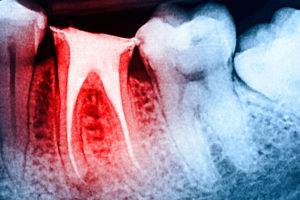
Causes of Cavities
The sugars in fruits, bread, pastries, and legumes combine with bacteria to form acids. These acids damage and erode dental enamel. Leftover food particles stick to your teeth and become plaque if you do not brush and floss them away. The plaque releases acids that eat through the tooth’s protective outer layers.
Cavity Symptoms
In the early stage of a cavity, you may not have any symptoms. As the area of decay grows, you may experience sensitivity, especially when eating hot, cold, or sweet foods. Continued growth of the cavity may cause toothaches and sharp pains when you bite down on the affected tooth. Cavities may also cause a change in the color of your tooth, and you may have a visible hole or pit where the cavity is located.
Treating Cavities and Preventing Tooth Decay
If a cavity has just begun, your dentist may be able to treat it and reverse the damage with a fluoride treatment. Bigger cavities require the use of a filling. Amalgam, composite, or resin fillings can be used to restore the tooth’s structure. Extensive decay may require that your tooth receives a crown or root canal.
Contact the dental practice of Eric Perkins, DDS, today to learn more about cavity treatment and preventative services.

